Animator Focus: Abigail Lamb
last updated 31 August 2022
Inspired by early cinema from the likes of George Méliès, as well as animation from Walt Disney and Studio Ghibli, Abi Lambs’s work focuses on storytelling and the personal journeys of characters. Her other influences come from closer to home - Scotland’s vibrant landscape, history and folklore are often heavily instilled in her personal work. She also loves broadening her horizons by learning about other cultures, and these bring fresh perspectives.
Talk us through your creative process. How do you approach an animation brief?
When I’m given an animation brief I often read it and as I do that ideas start to form in my mind of what scenes might look like, so I start scribbling around the brief just to quickly capture those ideas. Sometimes those are just composition for the shot, sometimes it’s a transition and sometimes it’s a whole piece of movement I can see.
Once I’ve done that and had a chat with the client about how they see the piece turning out, I start to storyboard to connect the ideas together. I also develop style frames of specific points in the film to help nail the final style.
Showreel
After that I’ll move into an animatic, which is essentially a moving storyboard that helps me pace the film and time things to voice-overs or audio. This is a really important step because changes can be made here that would otherwise take far more time and effort further down the pipeline. Once I’m happy with the pacings I move into roughs.
Roughs are the early and initial animation which is mostly about conveying the character of the motion. It’s not about getting the movement to look anatomically correct yet but about capturing the acting in as expressive a way as possible. I do this by sketching out my keyframes (the most important parts of the motion) first and then filling in the spaces inbetween (known as tie-downs and inbetweens). Once I’m happy with the roughs, I clean them up - I smooth out arcs and lines of movement to make things look more natural and believable, and then I line and colour the animation.
Finally after all the principle animation is complete I will add additional elements like animated textures and VFX to give it that little extra polish. At which point we’re done! I’ll export it and send it off to where it needs to be.
Your work is aesthetically unique to you, how do you approach transposing your style from illustration to animation?
This is an interesting question for me because when I went to university to study animation I was really interested in stop motion and while my drawing skills were reasonable, they were not honed enough to do hand-drawn animation. As the course progressed I used my drawing skills more and that meant that by the time I reached 4th year I was able to make a hand-drawn 2D film. So I almost feel like my illustration style developed from my animation style instead of the other way around.
When I was learning hand-drawn animation I was using simple shapes and flat colour for my characters so I could concentrate on the animation without having too many things to keep consistent. Then I started blocking out big areas of highlights and shadows to add more life and intrigue. All these things made their way into my illustration work when I eventually started doing purely illustrated pieces.
Pianobook
The difference is often that I like to limit the elements or complexity in my animation designs - it’s impractical to have a complicated character that takes time and care to replicate when you’ll need to draw them many, many times (maybe up to 24 times per second of film). My illustrations often have extra lines that indicate fur or fabric directions or just generally break up the linework in some way.
Who/What have been your key influences as an animator?
Disney, Pixar, Aardman, Laika and Studio Ghibli were my influences early on in my career. But also my friends who I met at University are huge inspirations, as well as lots of people I’ve met and whose work I’ve become familiar with online - like the Knights of the Light Table, who make amazing music videos.
But then I’m also influenced by lots of things that are around me and play a part in my life. My family and partner, my country’s culture and folklore - in fact, I really enjoy looking at lots of culture and folklore as influences. I often like to draw living things but recently I’ve been finding myself drawn more and more towards man-made structures like buildings or graphic design trends as inspiration.
Boat at sunset
How did you begin animation? What was the spark of inspiration?
I was always the kid in the class that everyone wanted in their group poster projects at school. I struggled to listen and take things in and when I got bored or frustrated I would draw on my school planner or jotter or whatever I had to hand. I went through a lot of school without knowing what I was going to do when I left because I didn’t see myself as having employable skills like my peers, who were good at maths or science or I.T.. I watched cartoons on TV long after most of my friends had moved onto live-action shows. However, at some point it finally occurred to me - that people make these animated shows. That was it really, career chosen, sealed deal, sign me up. I found courses, I applied, I got the grades I needed and I went to learn how to make animations.
STUDIO VLOG | How I make an illustration into a GIF and design mythical creatures
What’s your favourite part of the animation process?
I really enjoy figuring out stories - and I don’t necessarily mean big story arcs or dialogue heavy scenes but any moment in animation where the audience needs to understand something. It’s the key component to the whole thing in my opinion. I like taking the idea and thinking about how that needs to be put on-screen to have the impact it needs to. I am the most proud of the work I create that feels like it tells the audience the story in a unique way.
Pancake Flipping (Boards)
To an up-and-coming animator, what’s one piece of advice you would give?
Take every opportunity you can. It’s a huge world and there’s so much to learn. Don’t close yourself off to any one way of achieving animation because as long as it’s moving it’s doing it right. I wish I’d learned that a long time ago. Animation is this whole world of play and so often there’s a snobbery around it - “it’s childish”, “2D animation is dead”, “24 frames per second is the best way to animate” - and when you start getting bogged down in all these ideas you lose sight of how versatile a medium animation really is. Yeah, there’s a lot to be learned but if you’re starting out then I’d recommend that you just keep getting things moving, having fun and putting your work in front of people.
Woman of the Moon
What would be your dream animation brief?
I have a lot of these - so many that I have a small jar on my desk that is filled with them, just jotted on pieces of paper. I’ll just pick one or two for now.
I would love to make a John Lewis Christmas advert - I loved the Bear and the Hare (2013). Back when I was at university we used to make animated Christmas cards which would be used for an advent calendar every year, so I used to try to channel that same melancholy Christmas feel as the John Lewis adverts. I would be over the moon if I ever got to make one.
STUDIO VLOG | A commission, animating and a trip out in Edinburgh
I’d also love to animate an indoor dark ride for a theme park (think the Spiderman ride from Universal Studios in Florida). I’ve never thought that idea any further through, I just know that I love those rides and I would want to make one.
To work with Abi, get in contact here.
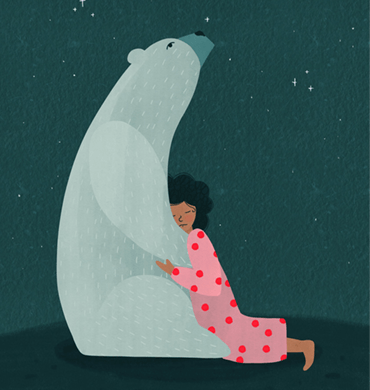 How we work
How we work
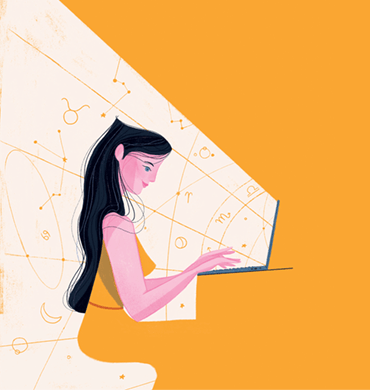 What we do
What we do
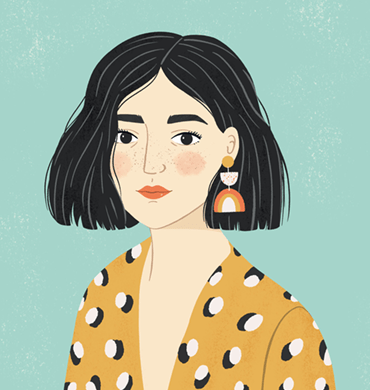 Meet the team
Meet the team
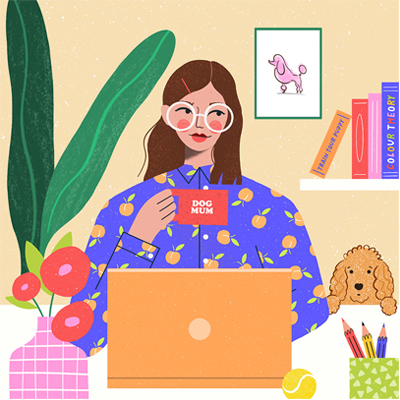 Enquiry
Enquiry
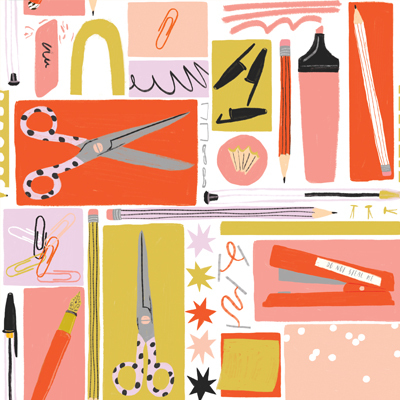 Submissions
Submissions
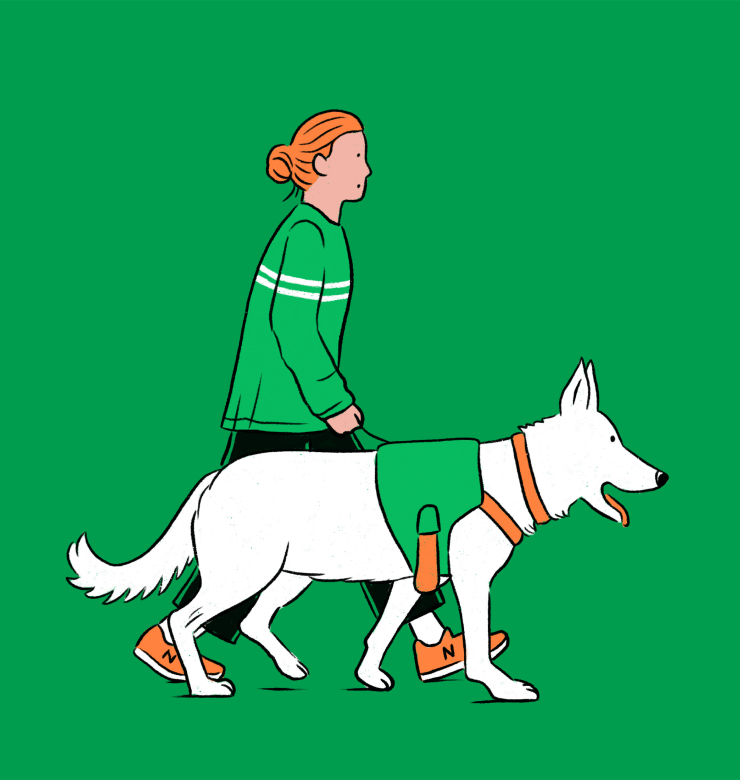 Artists
Artists
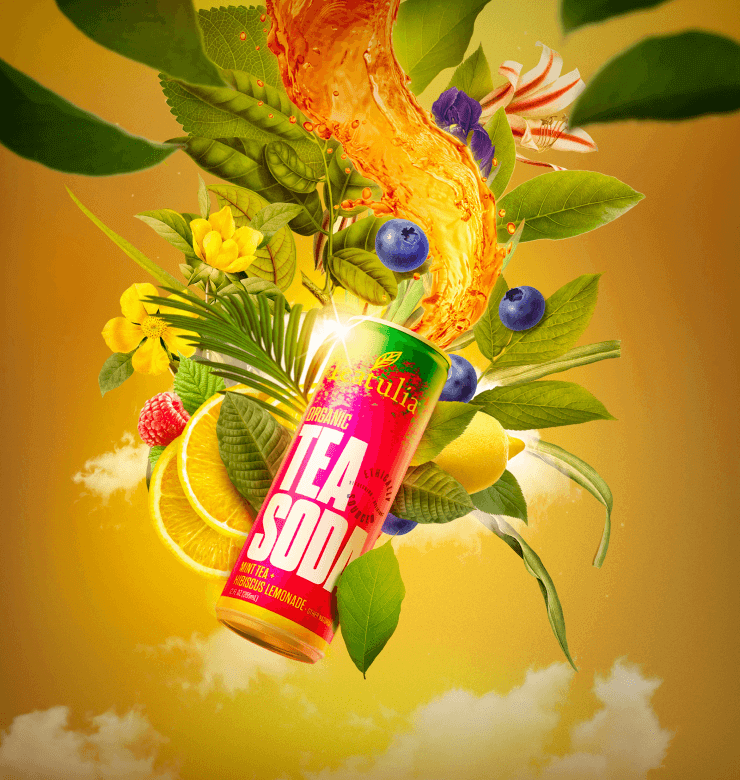 Agents
Agents
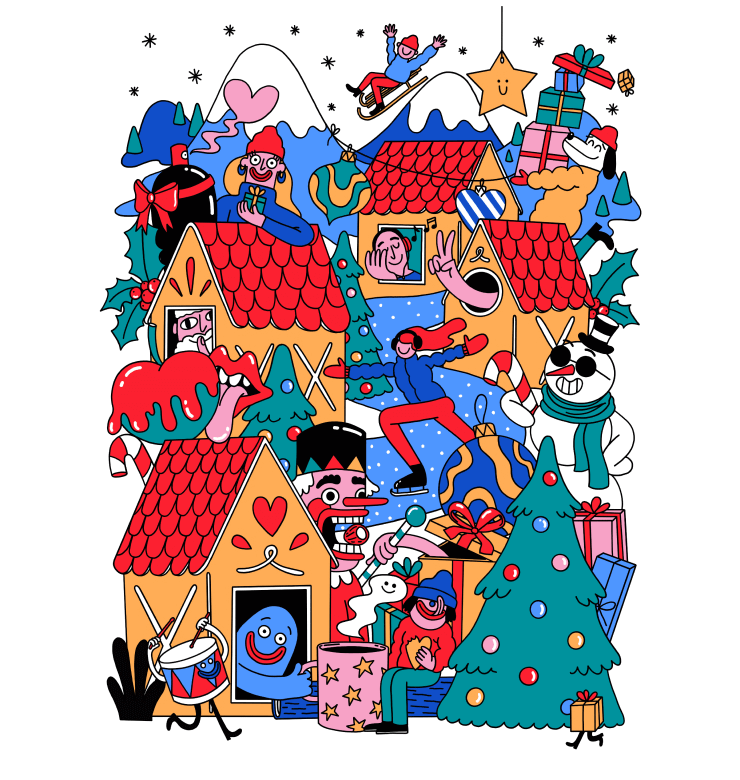 Collections
Collections
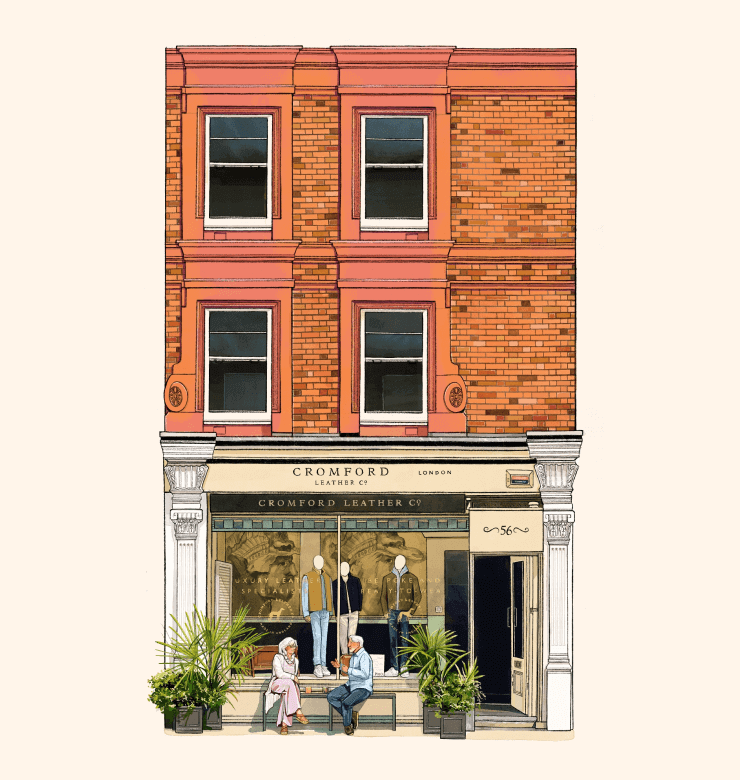 Submissions
Submissions
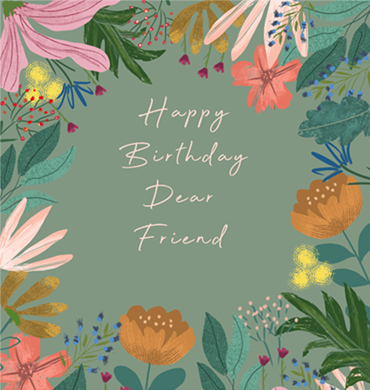 Artists
Artists
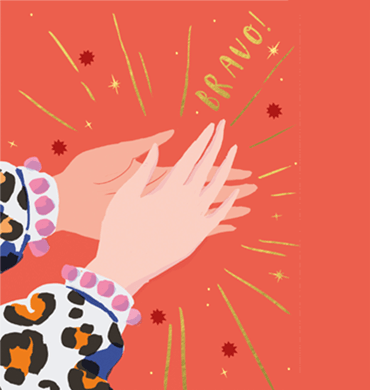 Agents
Agents
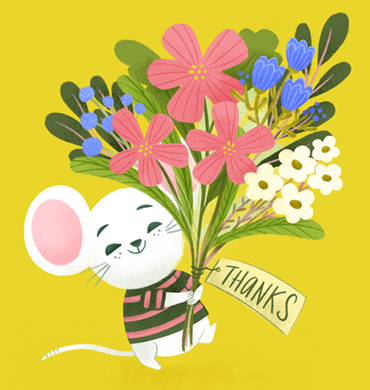 Collections
Collections
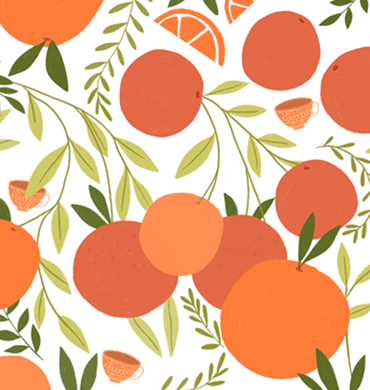 Submissions
Submissions
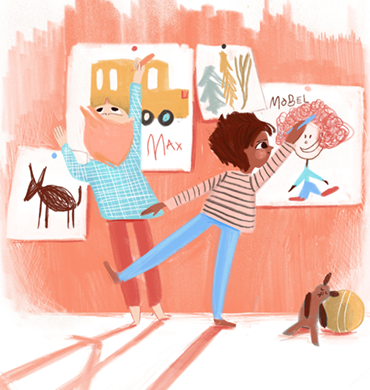 Authors
Authors
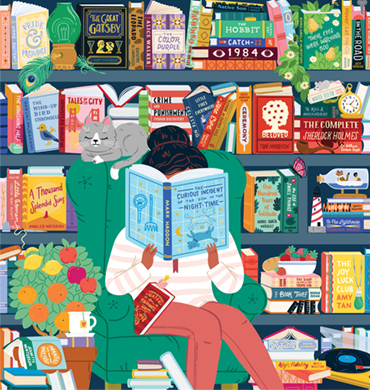 Artists
Artists
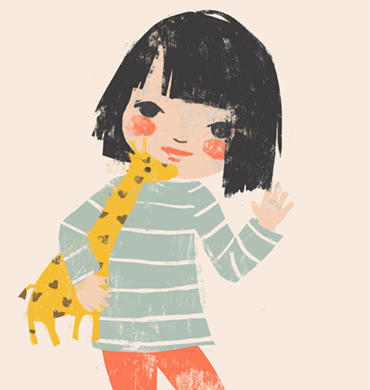 Agents
Agents
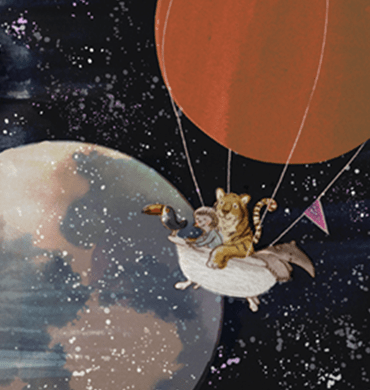 Collections
Collections
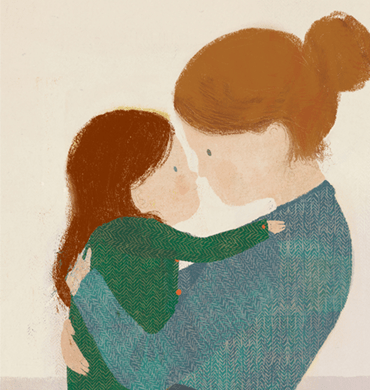 Submissions
Submissions
 Animators
Animators
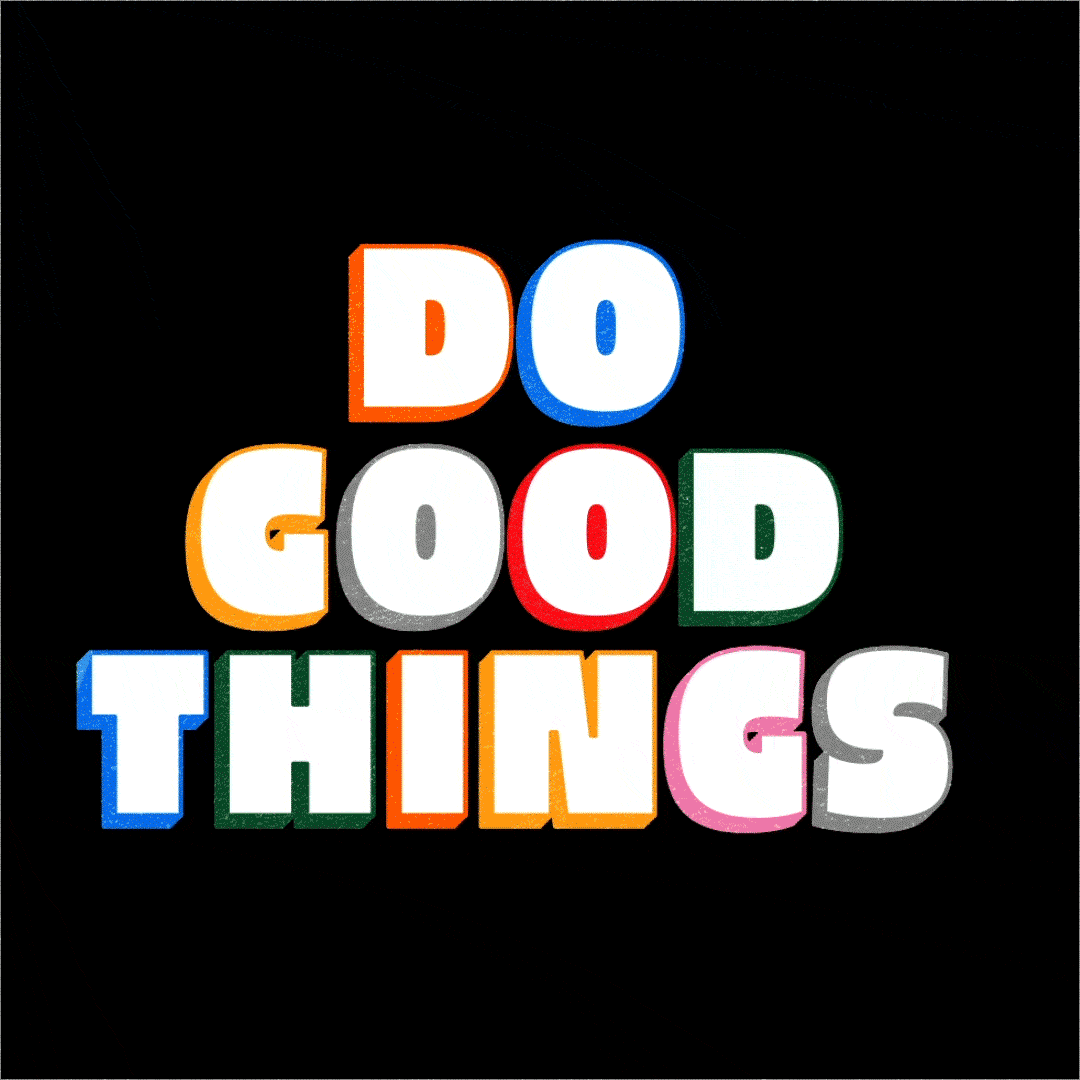 Agents
Agents
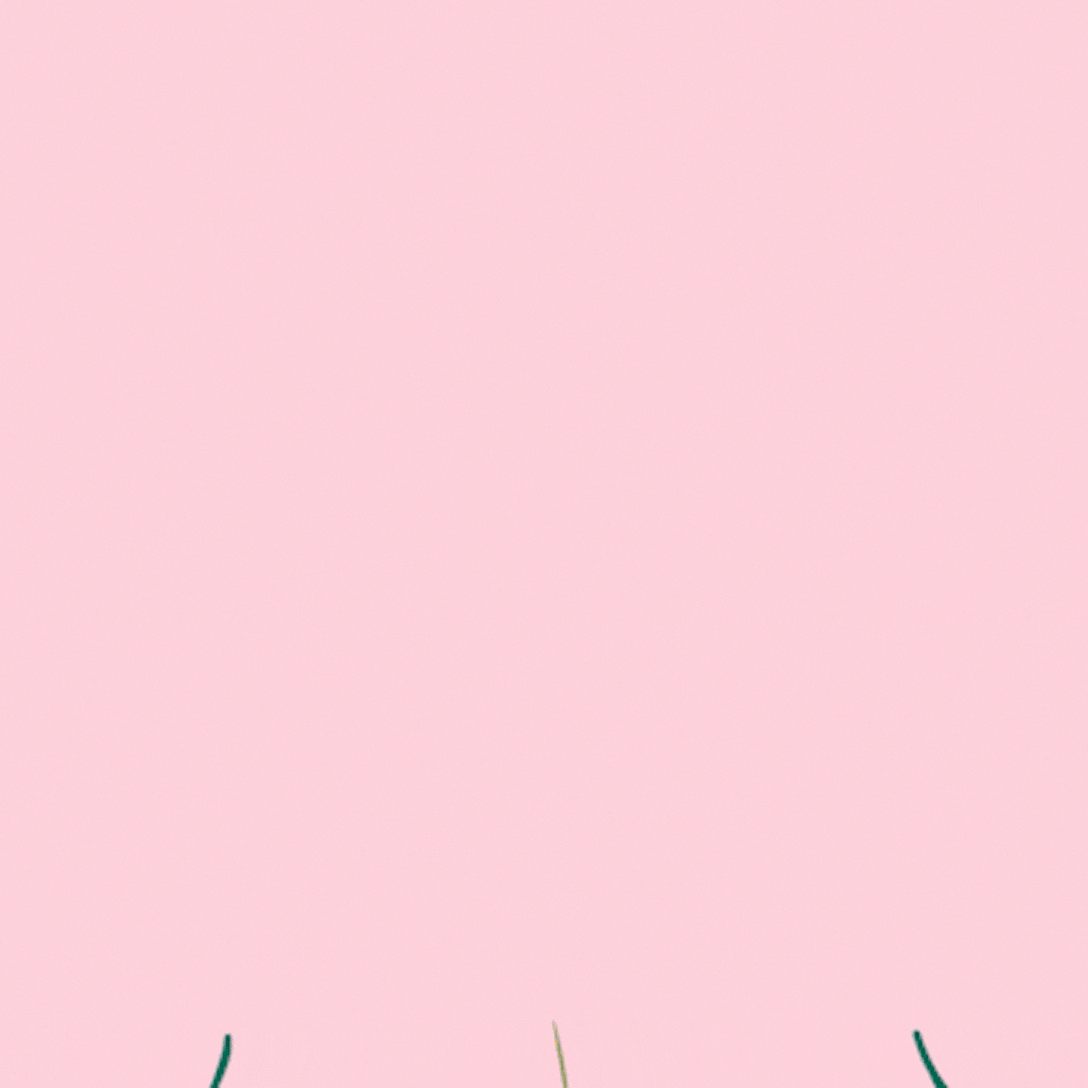 Collections
Collections
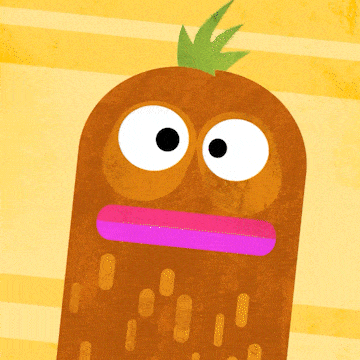 Submissions
Submissions
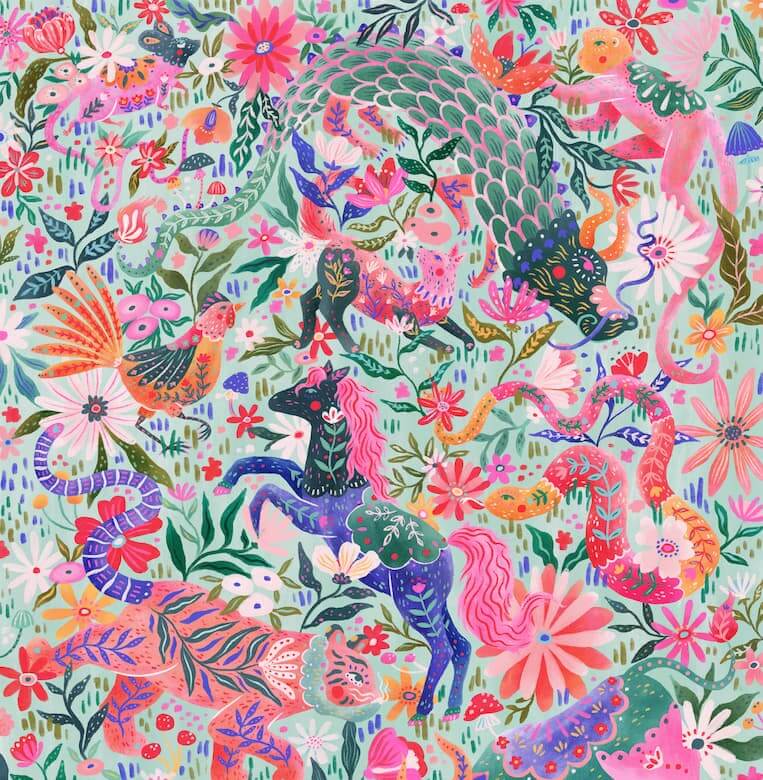 Artists
Artists
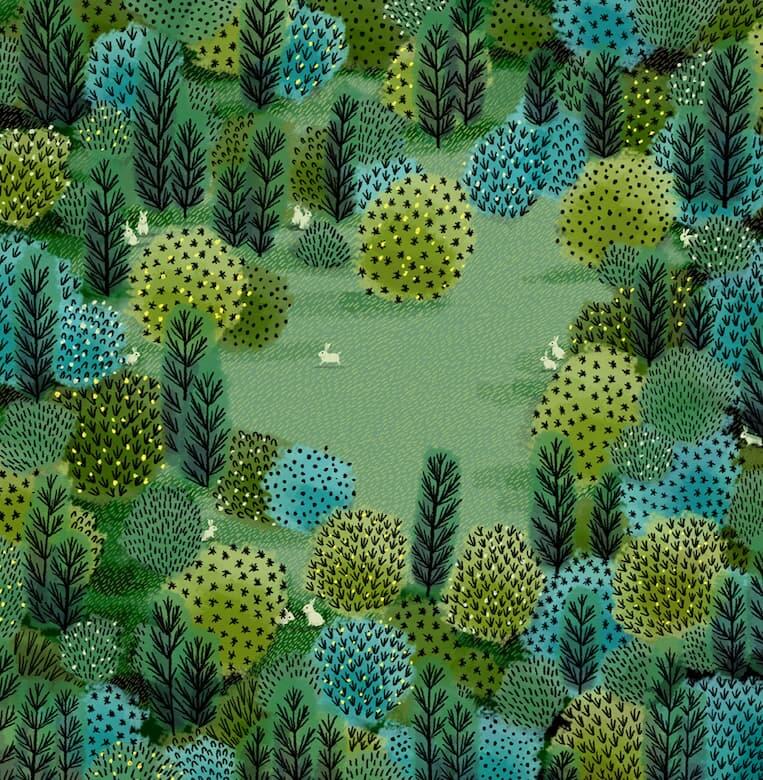 Agents
Agents
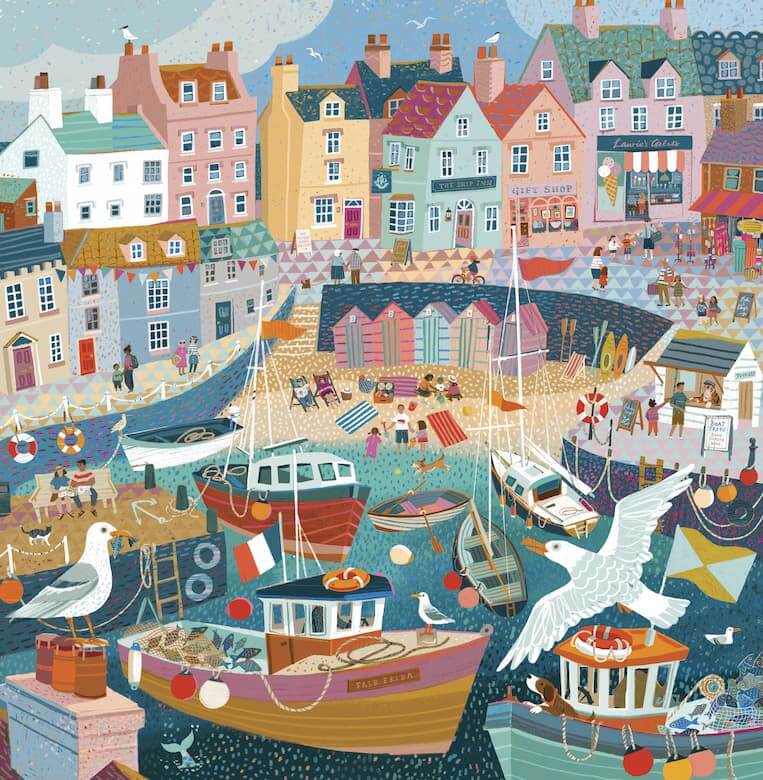 Collections
Collections
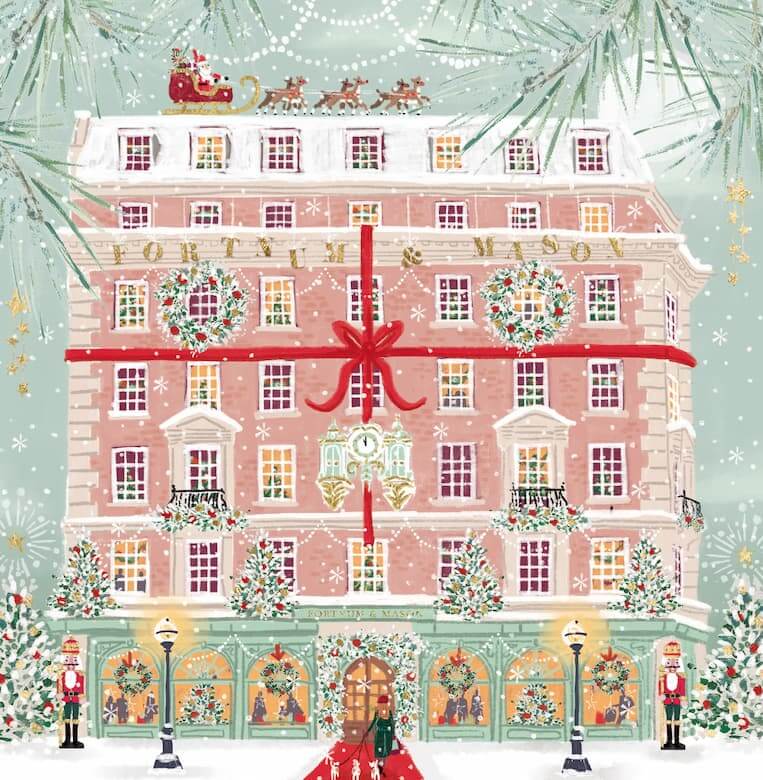 Submissions
Submissions
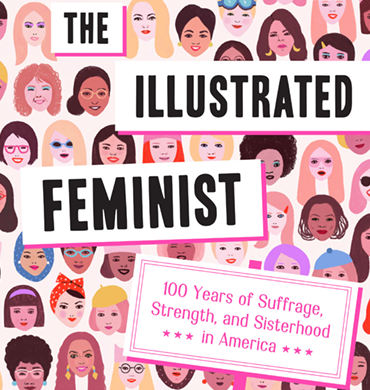 Authors
Authors
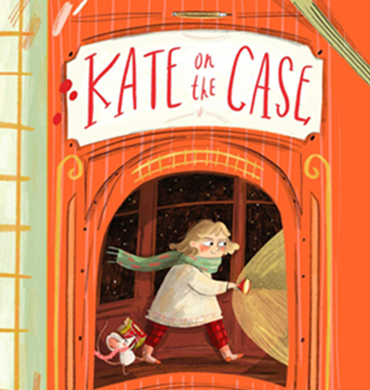 Agents
Agents
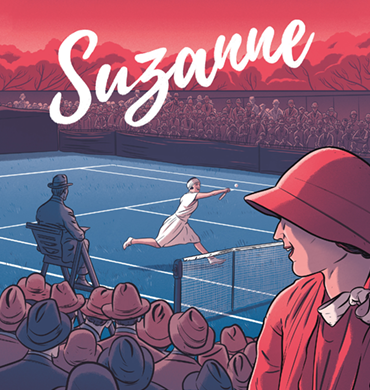 Submissions
Submissions
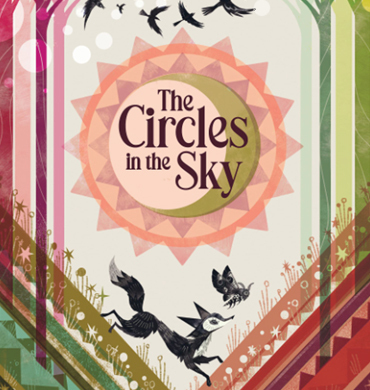 Blog
Blog